Manufacturing Execution
Batch execution is critical to any company that batch process manufactures. Package execution is critical for cosmetic, pharmaceutical and other manufacturers of packaged finished goods that go straight to the consumer.
Manufacturing execution in CMS is extremely mature as it was the very first module ever written in 1996 (Dispense Master).
Recipes and formulas developed in Recipe Manager are turned into manufacturing orders via order entry. These orders are presented to users electronically. Orders must be executed exactly the way they were written due to our prompt and police methodology.
Manufacturing execution has been fine tuned to handle all kinds of weighing and measuring, including gang (campaign) weighing, commingle weighing, straight pre-weigh, weigh by bag, etc.
In addition to enforcing manual operations, CMS can also drive PLCs via OPC server.
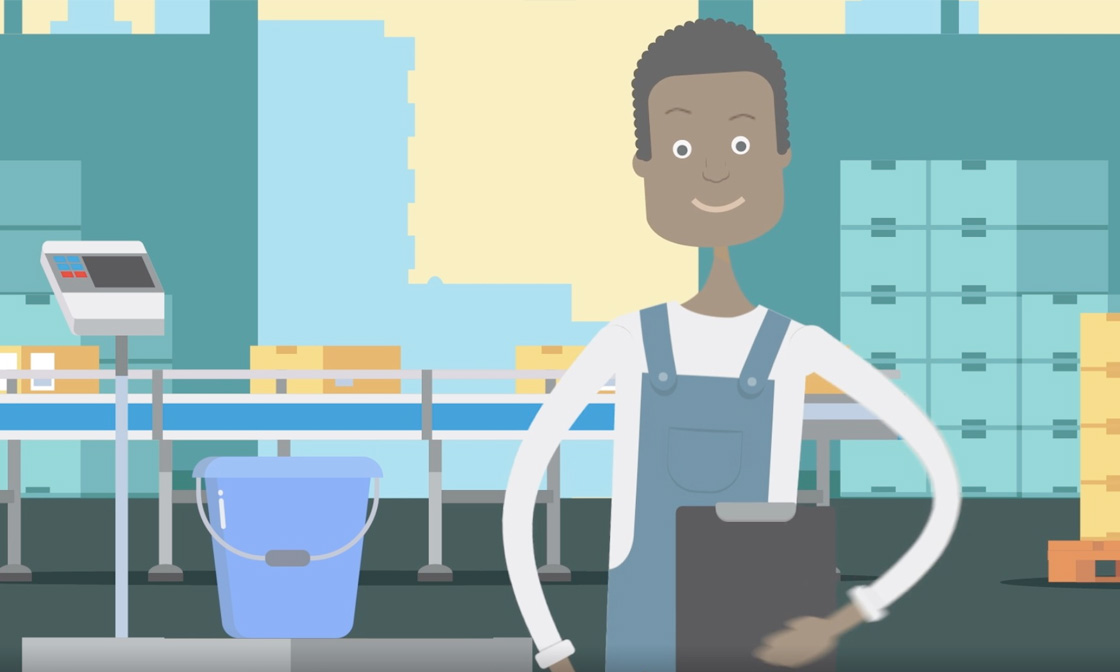
Direct Scale Connectivity
CMS connects directly to most makes and models of scales. With direct scale connectivity, operators no longer need to manually record information. With the
factor of human error out of the picture, management is guaranteed that the data recorded is 100% accurate.
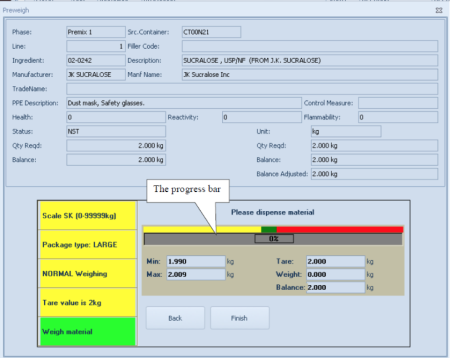
Below you can see how the progress bar is used to help workers dispense the correct amount of material every time.
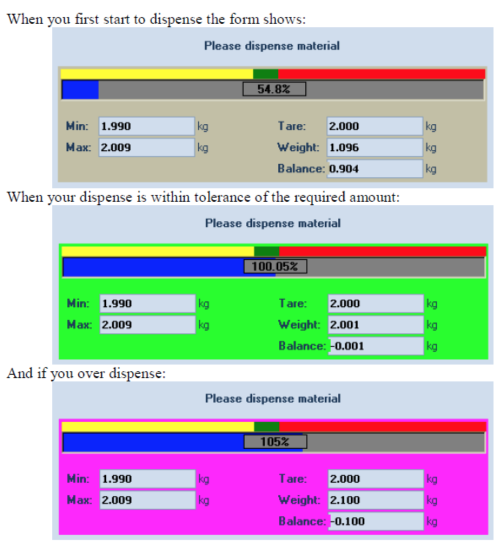
Prompt And Police Execution
During execution, CMS employs a process whereby operators are prompted to perform each step of the recipe. Only once a task is completed to management
specifications is the user prompted for the next step in the process.
Not only are workers prompted for each step, they can also be required to enter values related to the step. This can include anything from mixing times to recorded
temperatures. These values can then be compared to specified parameters to automatically determine whether the step was executed correctly.
This prompt-and-police style essentially guarantees that manufacturing is done right every time.
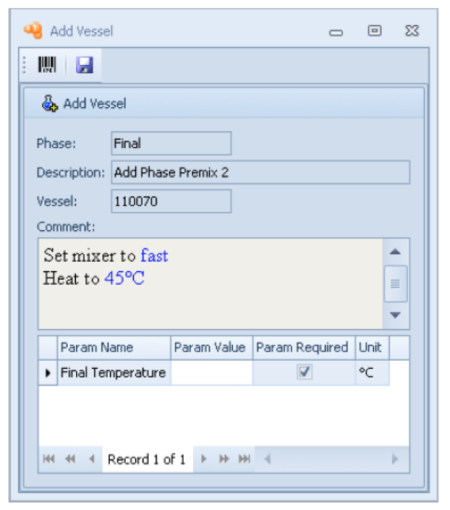
FIFO / FEFO Enforcement
FIFO (first in first out) or FEFO (first to expire first out) are strategies of material consumption that help ensure that materials in inventory do not expire before they are used. CMS enforces this by assigning preferred lots of materials for each order.
If a user scans a material that is not in a preferred lot for consumption, CMS warns them and can even prevent them from using it. This can be overwritten, but only by a supervisor.
Labor Costing
In packaging execution, labor hours and costing can be recorded for line workers. With this information, CMS can calculate total labor costs for each execution.
Supervisors can go into manufacturing review as many times as needed to record shift hours and keep labor costing information up to date.
Real-Time Inventory Visibility
Users have access to real-time inventory information. This includes the quantity, location, and expiration date for each item. This makes container selection and
retrieval easier and more efficient than ever before.
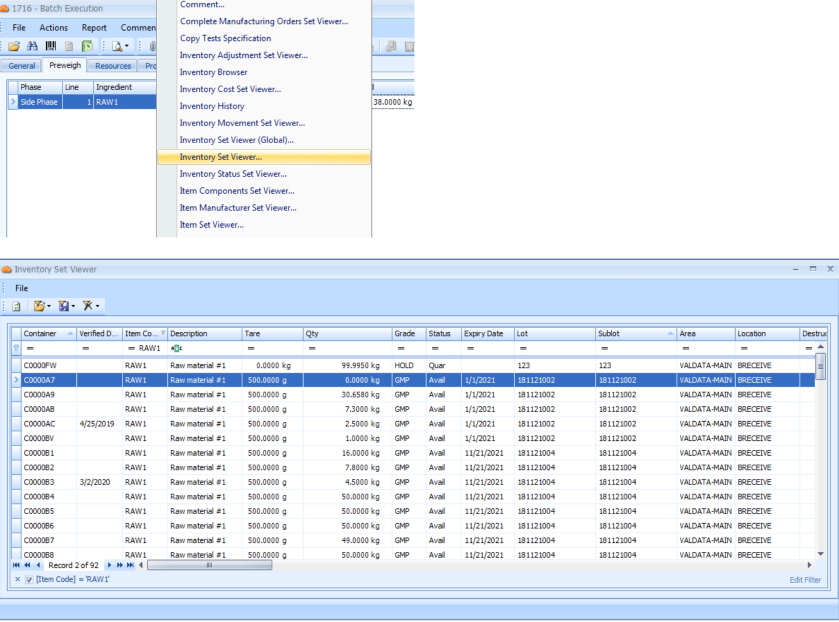
Gang Weighing
Gang weighing is a method of staging whereby you weigh the same material for multiple orders. This type of weighing has an economy of scale aspect to it and
reduces costs of material movement and potentially room cleaning in-between material dispensing.
Just like our inventory control, each gang weighed container gets a unique license plate. That (and only that) license plate MUST be scanned prior to being added to
a batch. This verification step eliminates the fears typically associated with gang weighing.
PLC Connectivity
In conjunction with recipe manager, CMS can drive PLCs at critical junctions in the manufacturing process. PLC control is done via OPC server and includes the
ability to record data stored / created by the PLC. Again, this is done through tag inquiry in the OPC server.
CMS is OPC agnostic, meaning we don’t care which OPC server brand is being used.
Commingle / Back / Reverse Weighing
Those familiar with manufacturing understand that measuring isn’t just putting an empty container on a scale and weighing into it. For example, Flavor & Fragrance companies typically commingle dispense. That is, they weigh one item right on top of another in the same vessel.
This is an extremely efficient means of manufacturing, but it does come with pitfalls. For example, items can be over-poured. In a normal scenario, this could be a disaster. It might mean the whole vessel must be disposed of and the entire order restarted.
Commingle / Back / Reverse Weighing
CMS, however, has features specifically built for these scenarios. For example, it has the ability to automatically re-size the batch so that the over-poured item is no in specification.
Beyond commingle weighing, CMS also handles back weighing, reverse weighing, weighing by the bag, and many other measuring techniques.
Error Prevention
CMS goes the extra mile to make sure that only appropriate items are used for orders. Expired, incorrect, or otherwise unusable items are prevented from being used.
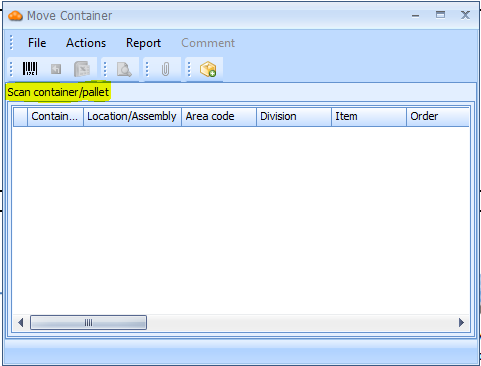
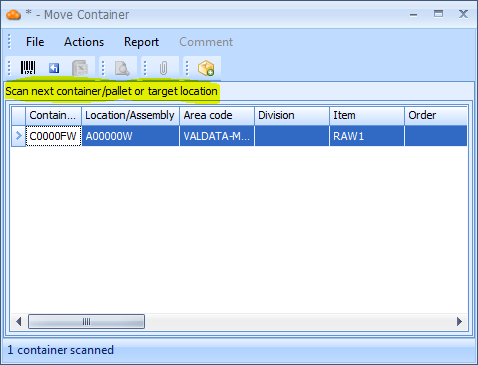
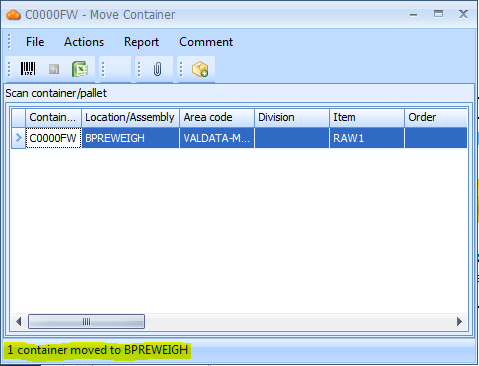
Verify Location
It is important to periodically make sure that everything in your inventory is where it should be. This is done by a process called location verification. Traditionally, this involves going to a location with a piece of paper and comparing every item in that location to where your warehousing system says it should be. Items that aren’t where they should be would then have to be either moved or manually updated in the system.


